
2020-06-26 11:15:00
VIRTUAL POWER PLANTS
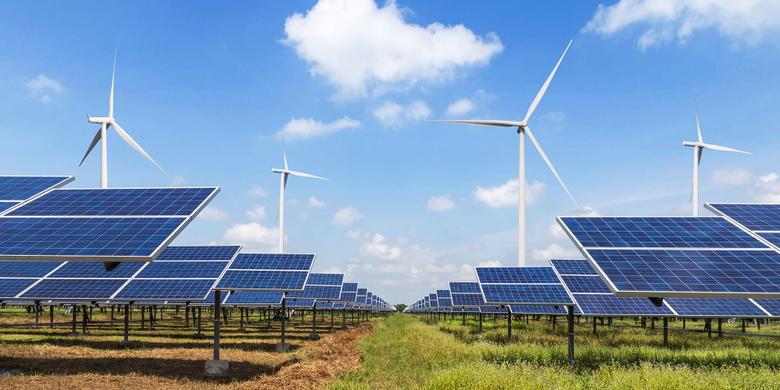
-----
This thought leadership article was originally shared with Energy Central's Digital Utility Community Group. The communities are a place where professionals in the power industry can share, learn and connect in a collaborative environment. Join the Digital Utility Community today and learn from others who work in the industry.
-----
Earlier:
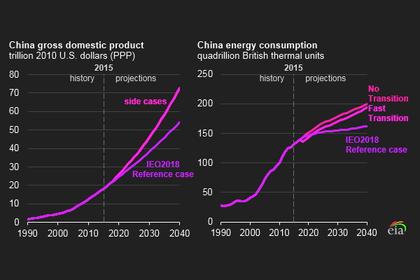
2020, June, 25, 13:55:00
CHINA'S ENERGY UP
China plans to increase the share of renewables (including hydro) in the power mix to 28.2% in 2020.
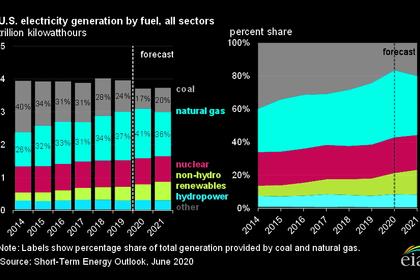
2020, June, 22, 12:10:00
U.S. ELECTRICITY CONSUMPTION DOWN
With many office buildings left empty through the summer months, demand for electricity to power offices, as well as restaurants, hotels and music venues is expected to drop significantly.
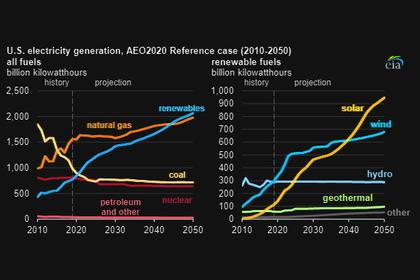
2020, June, 22, 12:05:00
U.S. CLEAN ELECTRICITY UP
Plummeting wind, solar, and storage prices have fallen so fast that the United States can reach 90% clean electricity by 2035 – without raising customer costs at all from today’s levels, and actually decreasing wholesale power costs 10%.

2020, June, 18, 11:25:00
РАЗВИТИЕ ЗЕЛЕНОЙ ЭНЕРГЕТИКИ
Министр подчеркнул, что в России сформирован диверсифицированный энергетический баланс, в нем присутствуют все виды производства энергии, что позволяет развивать все сектора, включая возобновляемые источники энергии.
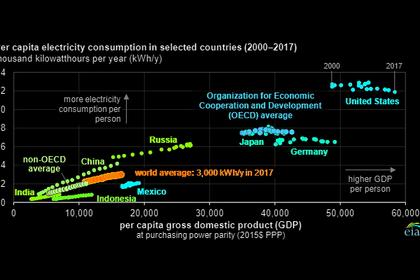
2020, June, 16, 14:00:00
GLOBAL ELECTRICITY CONSUMPTION UP
Global electricity consumption continues to increase faster than world population, leading to an increase in the average amount of electricity consumed per person (per capita electricity consumption),
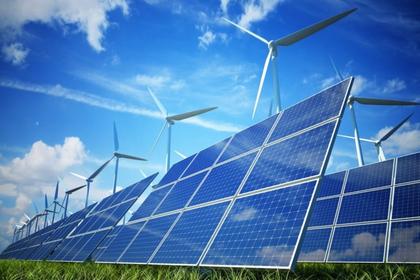
2020, June, 15, 13:50:00
ЭНЕРГОСТРАТЕГИЯ-2035: УСКОРЕННЫЙ ПЕРЕХОД
Российской Федерации потребуется ускоренный переход (модернизационный рывок) к более эффективной, гибкой и устойчивой энергетике,

2020, June, 4, 11:30:00
U.S. RENEWABLES INITIATIVE
Ten countries, including Canada, Australia and Brazil, joined the United States last year to form the Energy Resource Governance Initiative, or ERGI,








